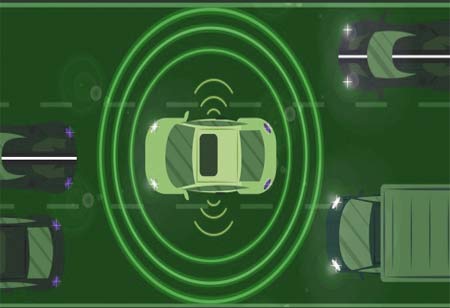Virtual prototyping encourages cooperation in automotive design by expediting software development, incorporating user feedback, and facilitating international collaboration.
FREMONT, CA: Virtual prototyping is the process of creating highly detailed prototypes utilizing various technologies, such as simulation tools and computer-aided design software, before producing the physical equivalents. Automakers are using this technique more often to meet their vehicle prototyping demands. According to several industry decision-makers, virtual prototyping fosters teamwork and collaboration among members as they work on cutting-edge, innovative designs.
The following are some ways that virtual prototyping fosters collaboration in automobile design:
Processes for enhancing sustainable development: Sustainable items are in high consumer demand. Some people, nevertheless, fail to consider how sustainability could begin in the stages of research and development. One great way to reduce the emissions connected with travel to in-person design sessions is to use a virtual prototype tool. In this method, design engineers can reduce waste as well. Company executives are aware of the continued importance and value of in-person testing.
They do acknowledge that using it in conjunction with virtual prototyping enhances sustainability and competitiveness in the market. Visual prototypes are one of the most important first stages toward success. Although digital platforms can enhance it, as this example demonstrates, the benefits go even further.
Software development acceleration: These days, many people call modern cars "software-defined vehicles." Software regulates the throttle when a driver hits the gas pedal, maximizes fuel efficiency, and lets drivers start their vehicles. Automakers also provide over-the-air software updates to ensure that automobile owners always have access to the newest features or security updates.
Taking user feedback into account: Design cooperation conversations frequently revolve around exchanges between design engineers working behind the scenes to transform product conceptions into tangible, marketable objects. However, feedback from future users is also helpful in making things as useful as possible to individuals who will engage with them.
Virtual prototyping not only fosters collaboration among designers but also allows them to operate at high productivity levels while upholding quality and safety standards. They completed all of this in 2020, during the COVID-19 pandemic, and were able to adjust to working from home as the new normal thanks to immersive, virtual technology. Traditional prototype approaches do not always allow for quick modifications, but virtual ones do, which benefits everyone. When designers can efficiently change things, later-stage adjustments are less likely. This strategy also promotes problem-solving and creative thinking.

 Copyright © 2025 AutoTech Outlook. All Rights Reserved | Privacy Policy | Subscribe | Sitemap | About us | Feedback Policy | Editorial Policy
Copyright © 2025 AutoTech Outlook. All Rights Reserved | Privacy Policy | Subscribe | Sitemap | About us | Feedback Policy | Editorial Policy